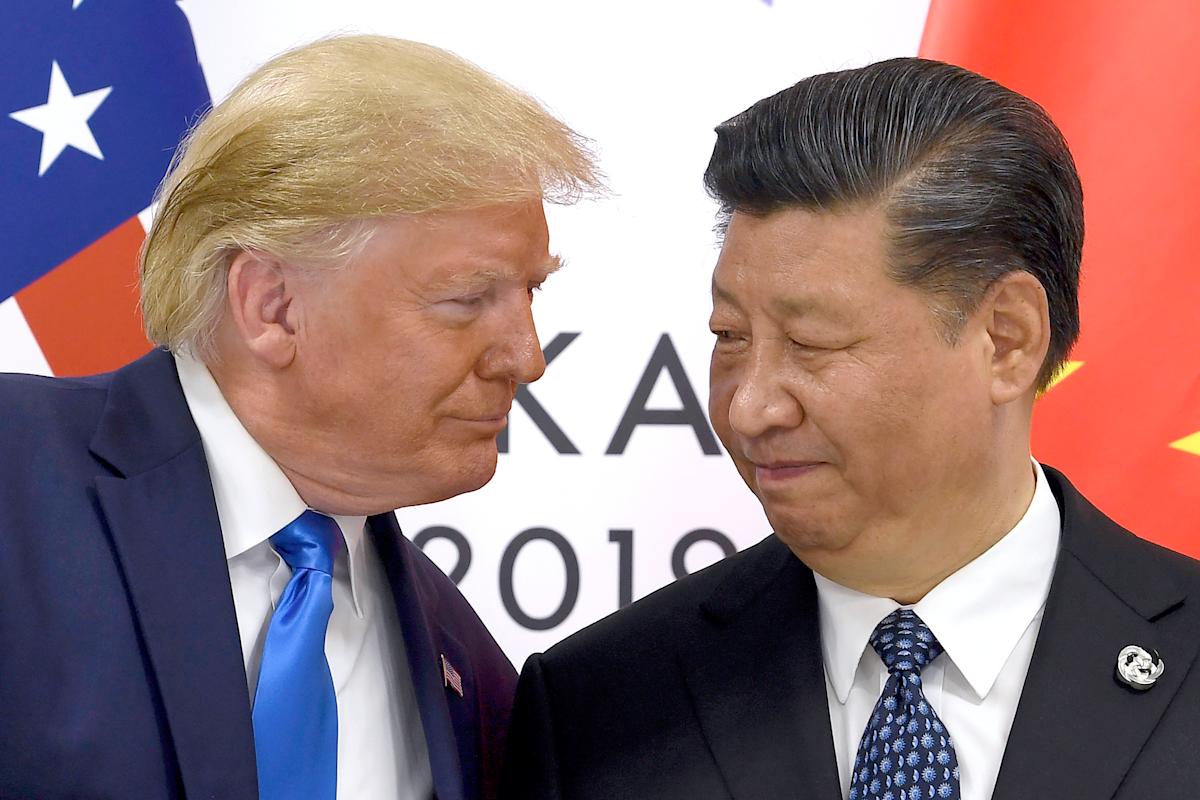China has hit back at the United States by sanctioning the US units of a South Korean shipping company and promising retaliatory measures on the industry in the latest tit-for-tat move as both Beijing and Washington attempt to gain leverage ahead of trade talks.
The sanctions target five US units of Hanwha Ocean Co. (042660.KS), and have caused stocks around the world to fall on Tuesday, as investors grow concerned about rising trade tensions between the world’s largest economies.
Trump hinted at a possible de-escalation of tariff and trade tensions between the US and China, while at the same time issuing a veiled threat to China’s President Xi Jinping.
“Don’t worry about China, it will all be fine! Highly respected President Xi just had a bad moment. He doesn’t want Depression for his country, and neither do I. The U.S.A. wants to help China, not hurt it!!!” he wrote on Truth Social.
On Friday, Trump said the US would impose an additional 100% tariff on Chinese goods starting on Nov. 1.
The president said the move was prompted by China taking an “extraordinarily aggressive” position on trade by announcing new export controls on rare earth minerals that would take effect next month. Trump also said export controls targeting China’s access to “critical software” would go into effect on the same day in November.
In addition to the mineral curbs, China has also slapped new port fees on US ships and launched an antitrust investigation into US-based Qualcomm (QCOM). Beijing has also halted purchases of US soybeans, scrambling business plans for US farmers.
Read more: What Trump’s tariffs mean for the economy and your wallet
US tariffs on China of nearly 145% in some cases are on hold until Nov. 10 while the two countries made progress on a larger trade deal. Chinese tariffs on US goods ballooned to 125% before the pause.
Here’s what else to know on Trump’s tariffs:
Americans are set to pay more than half of President Trump’s tariffs as companies raise prices, according to Goldman Sachs. Americans will likely bear the brunt of 55% of tariff costs by the end of the year, with US companies taking on 22%.
Early next month, the US Supreme Court is set to hear a challenge to Trump’s most sweeping tariffs — the “reciprocal” country-by-country duties that you can see in the graphic above. A ruling against the tariffs — which would be in line with lower-court decisions — could have significant ramifications for Trump’s tariff strategy.
New duties on kitchen cabinets and vanities took effect Oct. 1.
Tariffs on timber and certain wood products (like furniture) will take effect Oct. 14.
LIVE 16 updates

